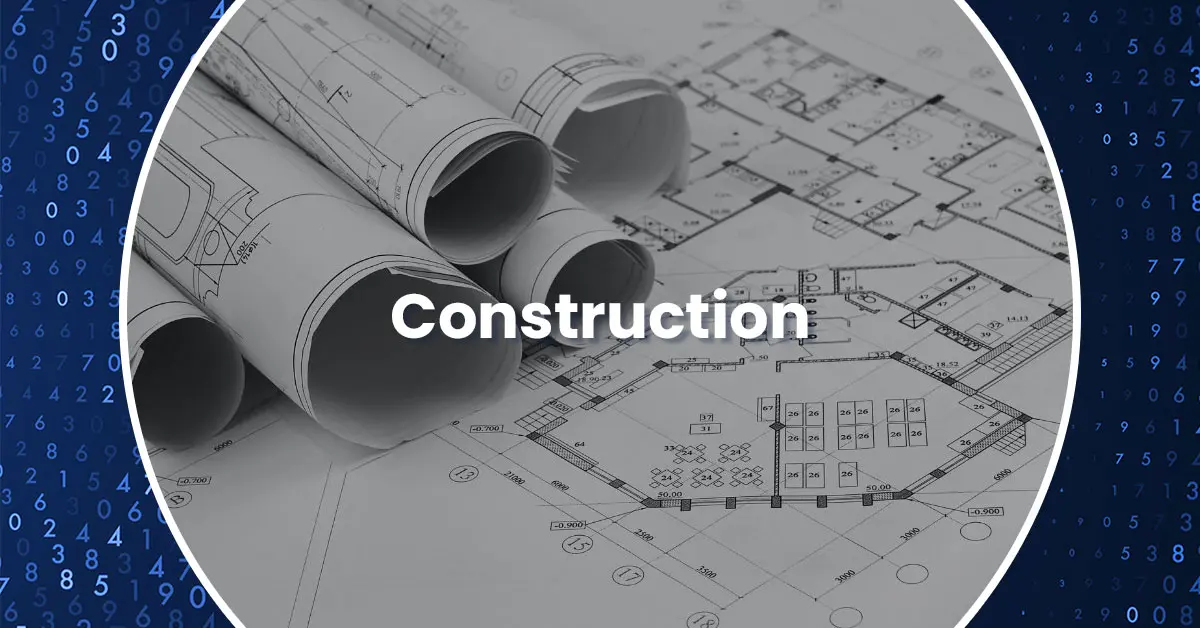Updated 7/30/2019. In the construction world, management is key. It takes a tenured project manager to have a successful and profitable job, so when it comes to the billing department, take a strategic approach.
Contractor billing breakdown
Now some may be asking, “Why does billing matter? Don’t contractors earn revenue regardless of how much they bill?” And that is true – Generally Accepted Accounting Principles (GAAP) state that to be accurate, the best way for a contractor to report earnings is most often the Percentage-of-Completion (POC) method, also known as a “Cost to Cost” method. Under this method, a contractor earns revenue based on the amount of costs incurred, and not the amount billed. So then why does billing matter? Well, other than getting paid (obviously), there are a lot of ways contractors can use the billing process to their advantage, and there are a few effects to the financial statements they should be aware of.
In a perfect world, a contractor would regularly bill the customer at the end of the month for the amount of revenue earned during that period. However, a contractor’s world is rarely perfect; it is full of unpredictable working conditions, re-engineering, subcontractor and general contractor disputes, labor overruns, material delivery issues, and countless other unforeseeable variables (insert cliché quote about Murphy’s Law).
So, for several reasons, the contractor may be unable to bill or become billed in advance, or they may encounter situations where they bill in excess of costs incurred, creating what is known as “billings in excess of costs.”. These timing differences between earned revenue and billings cause what are known in the contractor-accounting world as contract assets and contract liabilities, and it is important for contractors to understand the nature of these accounts and how they can impact the financial statement as well as the funding of their jobs.
Contract Assets
A contract asset means the contractor has incurred costs in excess of billings, and therefore they have recognized revenue that has not yet been billed. This leaves the reader of the financial statement with potential questions. Are there unapproved change orders being included in the contract price? Are the costs incurred collectible? Perhaps there are billing milestones that we still need to meet in order to get a bill out the door? If costs are determined to be uncollectible, this could result in a write down in contract value which would have a negative impact on net income.
Other than the financial statement risk associated with a contract asset, the contractor is also put at a cash disadvantage. As mentioned previously, a contract asset is costs in excess of billings, and therefore the contractor is funding the project themselves, instead of having customer billings provide funding. If the contractor does not have excess cash, then they may have to draw down on a line of credit or take out a loan to fund the project. These types of credit facilities do not come free – interest is incurred and directly affects the bottom line. And even if the contractor does have the cash to fund the project, that is money not being invested back into the company (purchase of equipment/other fixed assets, marketable securities, funding of other jobs, etc.), which creates opportunity costs.
Contract Liabilities
A contract liability means the contractor has billed the customer in excess to what is recorded in revenue. Contract liabilities are often beneficial as the job is effectively being funded by the customer. The contractor can avoid borrowing money or dipping into their excess cash – which can positively affect the bottom line and opens doors for countless other investing opportunities.
The risk associated with a billed-in-excess position is that in order to show a strong working capital (current assets minus current liabilities), there ought to be a high amount of current assets, such as cash and receivables, to offset the current liability caused by the contract liability. The contractor must realize that the cash flow for the remainder of the job will be negative, and he or she must plan accordingly so that funds are available to cover any remaining expenses. Therefore, the contractor should avoid spending the cash before earning the revenue, or they could fall behind on cash flow.
Ideally, a contractor should be billing as closely to the actual work performed as possible. Although, many subtle nuisances arise during the course of any long-term contract. Thus, the billing process can be a useful tool for a contractor to lower the risk of uncertainty, manage cash flow, and create a more accurate financial statement. We generally advise our clients to bill on a monthly basis.
It is important to understand the risks of both contract assets and contract liabilities and the implications they can have on project success. At Wiss, we strive to work with our clients, and we realize that almost no job will go perfectly as planned. But having the right tools and expertise can allow a contractor to be in the best strategic position possible.
Contact Wiss today to discuss tailored financial strategies for your projects. Reach out to us at [email protected] or call 973.994.9400.

 Previous
Previous




